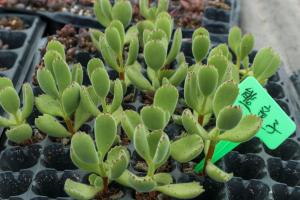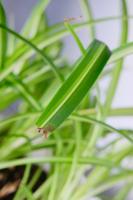Introduction
Tomato plants are a popular choice for home gardeners due to their high yield and delicious fruits. However, to keep tomato plants healthy and productive, it's important to provide them with proper care and maintenance. One area of uncertainty for many gardeners is whether or not they should cut back their tomato plants. In this article, we will discuss the benefits and drawbacks of cutting back tomato plants and whether or not it is a necessary step for a healthy harvest.
What Does Cutting Back Mean?
Before diving into the pros and cons of cutting back tomato plants, let's define what it means to "cut back." Cutting back refers to the act of pruning or trimming the tomato plant to remove any unnecessary or damaged growth. This can include removing suckers, branches, leaves, or even the entire plant if it is suffering from disease or severe damage.
The Pros of Cutting Back Tomato Plants
There are several potential benefits to cutting back tomato plants:
Increased air circulation: By removing excess growth, you can increase the air circulation around the remaining foliage, which can help prevent diseases like fungal infections.
Larger fruits: Cutting back can redirect the plant's energy to the remaining fruits, resulting in larger and more flavorful tomatoes.
Extended harvest: By removing the lower branches or leaves, you can prevent diseases from affecting the entire plant and extend the harvest season.
The Cons of Cutting Back Tomato Plants
However, there are some potential drawbacks to cutting back tomato plants:
Reduced yield: If you cut back the plant too aggressively, you risk removing too much of the plant and reducing the overall yield of tomatoes.
Stress on the plant: Cutting back the plant can cause stress, which can affect the plant's overall health and ability to produce fruits.
Increased susceptibility to sunscald: By removing the plant's foliage, you expose the remaining fruits to direct sunlight, which can lead to sunscald.
When Should You Cut Back Tomato Plants?
In general, it is best to cut back tomato plants early in the growing season when the plant is still small and can handle the stress of pruning. This can help encourage larger fruits and a healthy plant. Once the plant begins to produce fruits, it is best to limit any pruning or cutting back to avoid damaging the plant.
Conclusion
So, should you cut back tomato plants? The answer is not a clear-cut yes or no. It depends on the individual plant and the gardener's goals. If you want to encourage larger fruits and prevent disease, cutting back can be a helpful step. However, if you are concerned about reducing the overall yield or stress on the plant, it may be best to limit any pruning or cutting back. Whatever you choose, remember to provide your tomato plants with the proper care and maintenance they need to produce a bountiful harvest.

 how many times do yo...
how many times do yo... how many planted tre...
how many planted tre... how many pine trees ...
how many pine trees ... how many pecan trees...
how many pecan trees... how many plants comp...
how many plants comp... how many plants can ...
how many plants can ... how many plants and ...
how many plants and ... how many pepper plan...
how many pepper plan...































